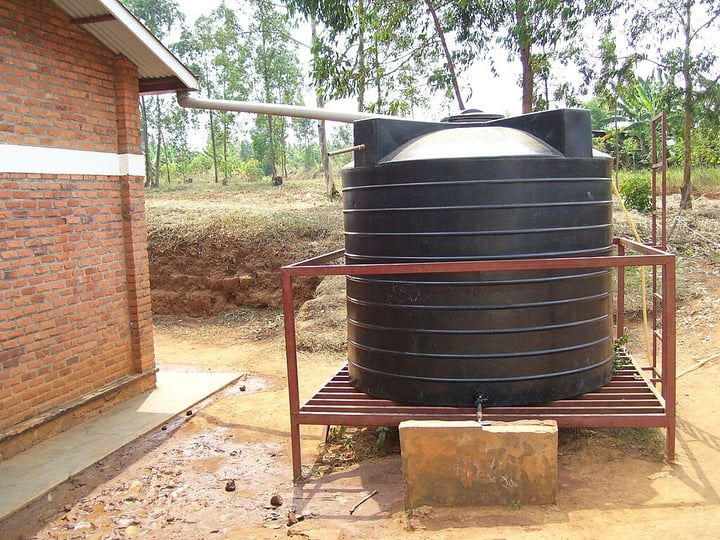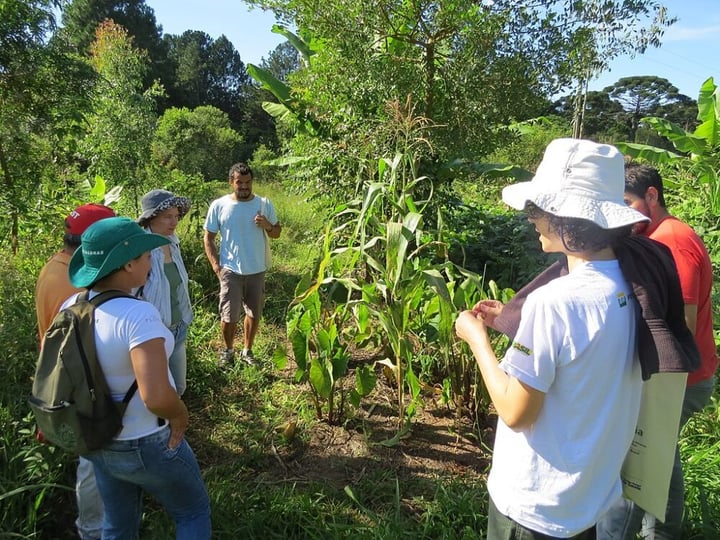
How Does Safe Homes Movement Differ From Other Mission Trip Programs?
When considering mission trip programs, it’s important to recognize that not all initiatives operate the same way. The Safe Homes Movement stands apart by focusing on sustainability and deeply valuing community input. Our approach ensures that the projects we undertake are not just temporary fixes but long-term solutions tailored to each community’s unique needs and circumstances.
The Purpose of Mission Trips: A Deeper Look
Many mission trip programs are designed with the admirable goal of providing immediate aid to communities in need. However, the purpose of mission trips goes beyond just delivering short-term relief. The ultimate aim should be to empower communities, helping them build the infrastructure and resources they need to sustain themselves long after the volunteers have left. This is where Safe Homes Movement distinguishes itself by ensuring that every project is grounded in a sustainability model that prioritizes long-term impact.

Focusing on Sustainability: The Safe Homes Model
At Safe Homes Movement, our sustainability model is at the core of what we do. We understand that real change comes not just from building structures but from creating systems and environments that communities can maintain and grow over time. Our projects are carefully designed to ensure they meet the specific needs of the community and are manageable without ongoing external support.
For instance, when constructing homes, schools, or community centers, we use local materials and involve community members in every step of the process. This not only reduces costs but also ensures that the skills and knowledge required to maintain these structures remain within the community. By working closely with local leaders and residents, we ensure that the solutions we provide are sustainable, culturally appropriate, and able to evolve as the community grows.

Community Input: The Foundation of Our Work
A key element that differentiates Safe Homes Movement from other mission trip programs is our commitment to community input. We believe that the people who live in these communities are the best equipped to identify their needs and the solutions that will work for them. Before any project begins, we hold extensive consultations with community members, gathering input on what they need and how best we can help.
This collaborative approach ensures that the projects we undertake are not only needed but also welcomed by the community. It also fosters a sense of ownership among residents, making them more likely to take responsibility for maintaining and expanding on the work that’s been done.

Tailored Solutions for Unique Communities
Another aspect that sets Safe Homes Movement apart is our focus on tailored solutions. While many mission trip programs might adopt a one-size-fits-all approach, we recognize that each community is unique. The challenges faced by a rural village in one country may be entirely different from those in an urban slum in another. As such, our projects are designed to address the specific challenges of each community we serve.
For example, in some areas, the greatest need might be for improved housing, while in others, access to clean water or education facilities may be the priority. By tailoring our approach, we ensure that our efforts have the maximum possible impact and that the solutions we provide are both relevant and sustainable.
The Long-Term Impact of Safe Homes Projects
The purpose of mission trips is often to make a lasting difference in the lives of those being served. At Safe Homes Movement, we take this mission seriously by ensuring that our projects have long-term benefits. Our focus on sustainability and community involvement means that the impact of our work extends far beyond the time we spend in the community.
By empowering local residents with the skills and resources they need, we help create a ripple effect that benefits the entire community. Homes become safer, schools provide better education, and community centers offer spaces for social and economic development. The result is a stronger, more resilient community that is better equipped to face future challenges.

Comparing Safe Homes Movement with Other Mission Trip Programs
When comparing Safe Homes Movement to other mission trip programs, several key differences emerge. Many traditional mission trips are focused on providing immediate relief, often through short-term projects that may not be sustainable in the long run. These programs can sometimes overlook the importance of community input and fail to address the root causes of the challenges faced by the community.
In contrast, Safe Homes Movement is deeply committed to sustainability, ensuring that every project is designed with the long-term needs of the community in mind. We take the time to understand each community’s unique challenges and work closely with local leaders to develop solutions that are both effective and sustainable.
Our focus on community input ensures that the projects we undertake are truly needed and that the community feels a sense of ownership over the work. This approach not only improves the immediate quality of life for residents but also lays the groundwork for ongoing development and growth.
Safe Homes Movement - Paving the Way for Housing Solutions
Safe Homes Movement stands out among mission trip programs for its commitment to sustainability, community input, and tailored solutions. By focusing on the long-term impact of our work, we ensure that the communities we serve are left stronger, more resilient, and better equipped to thrive. The purpose of mission trips should be to empower and uplift, and through our carefully designed sustainability model, we strive to do just that. Our work is not just about building structures – it’s about building futures.
To learn more about how we can pave the way for housing solutions, download our brochures here.



